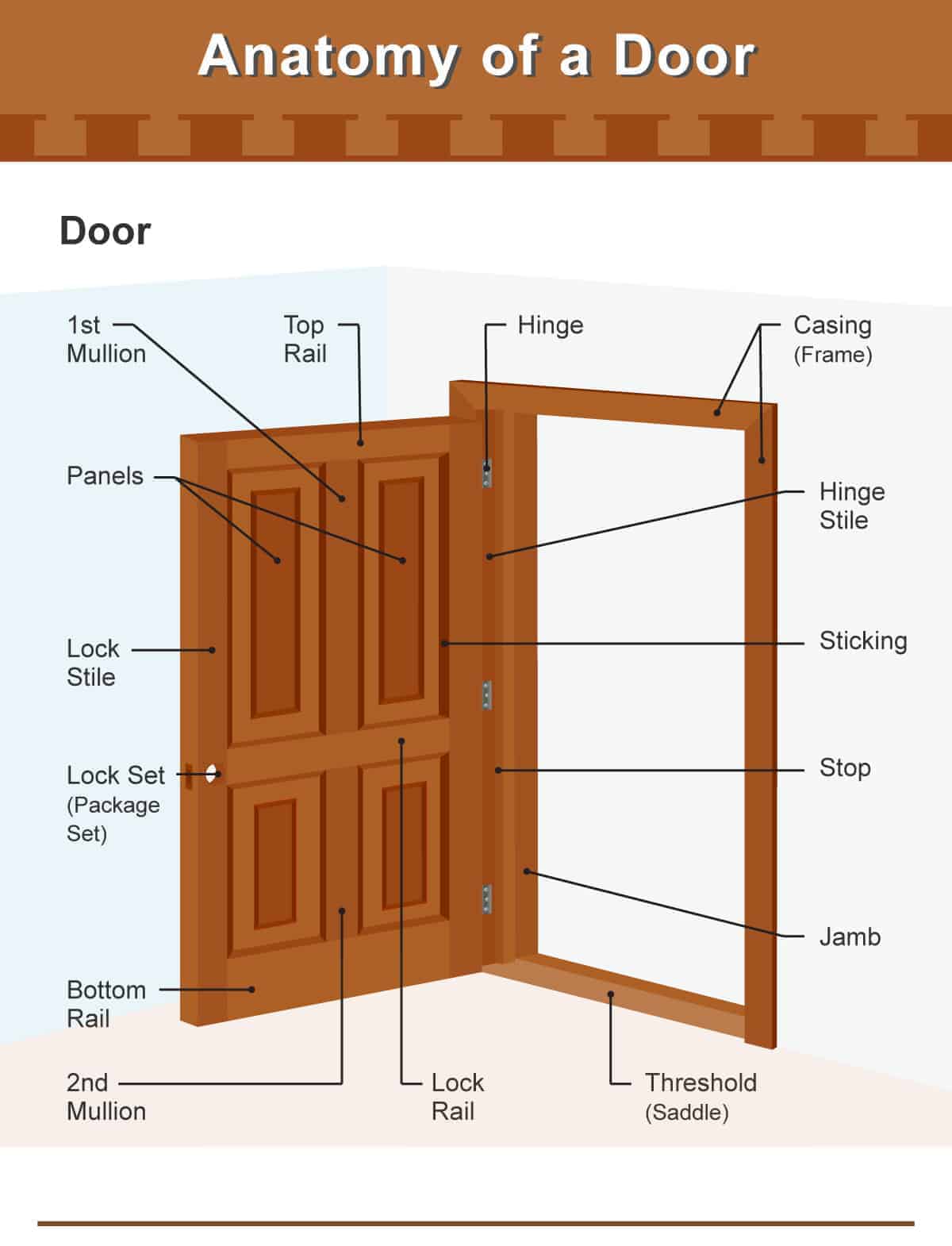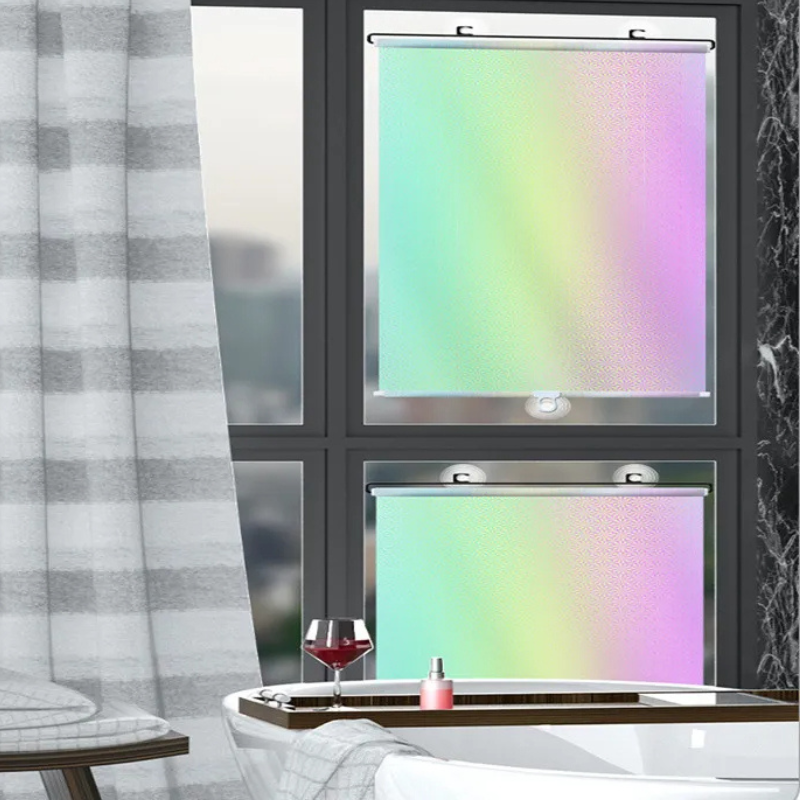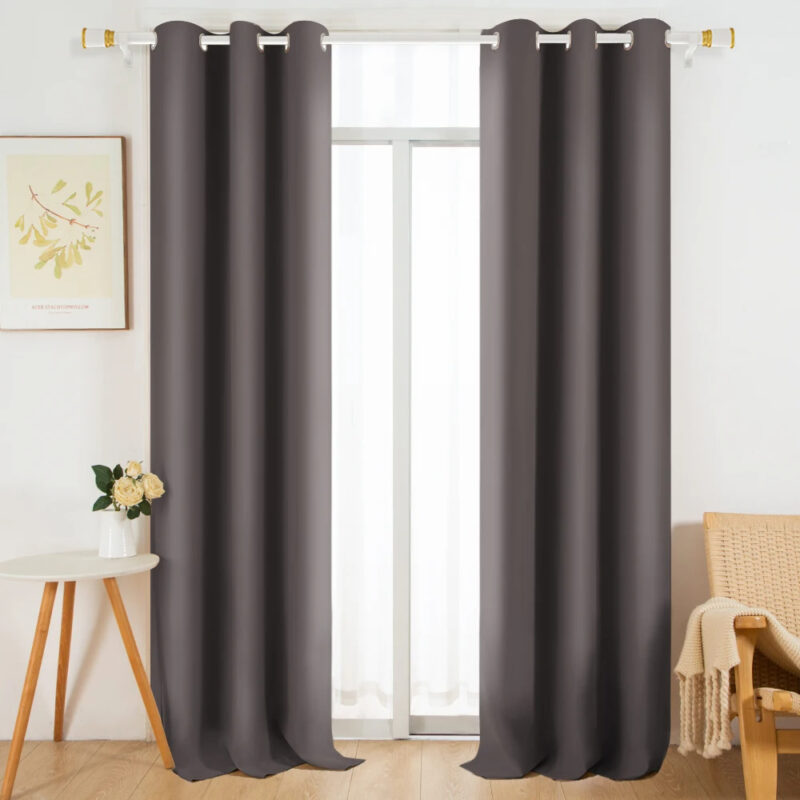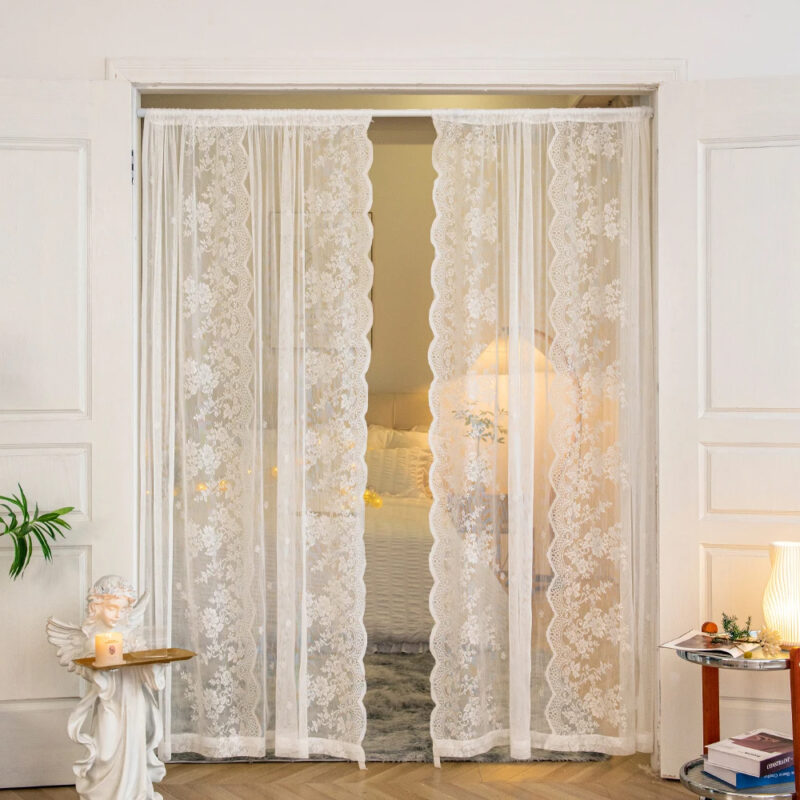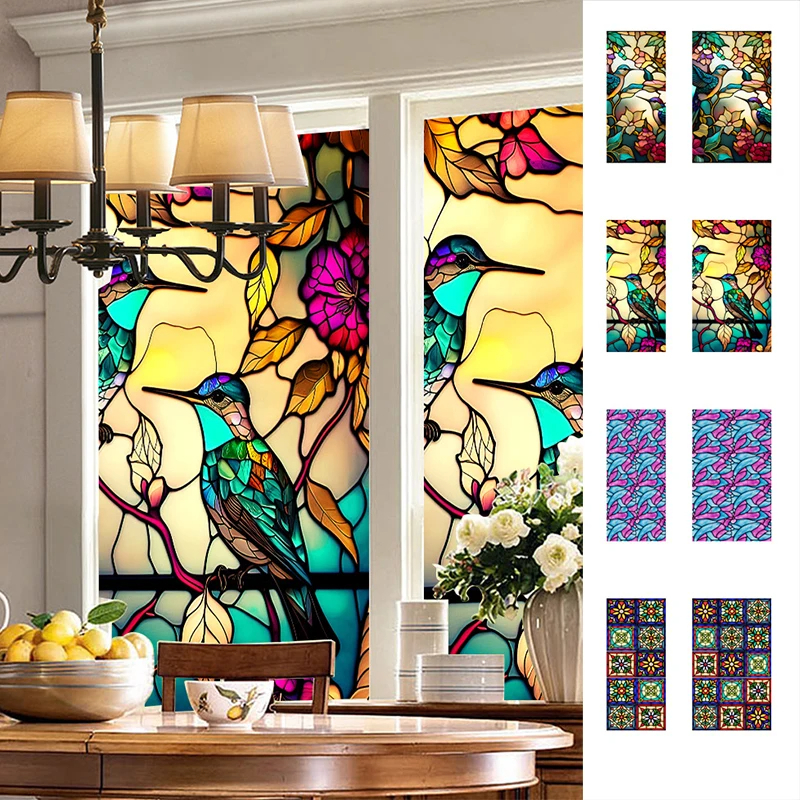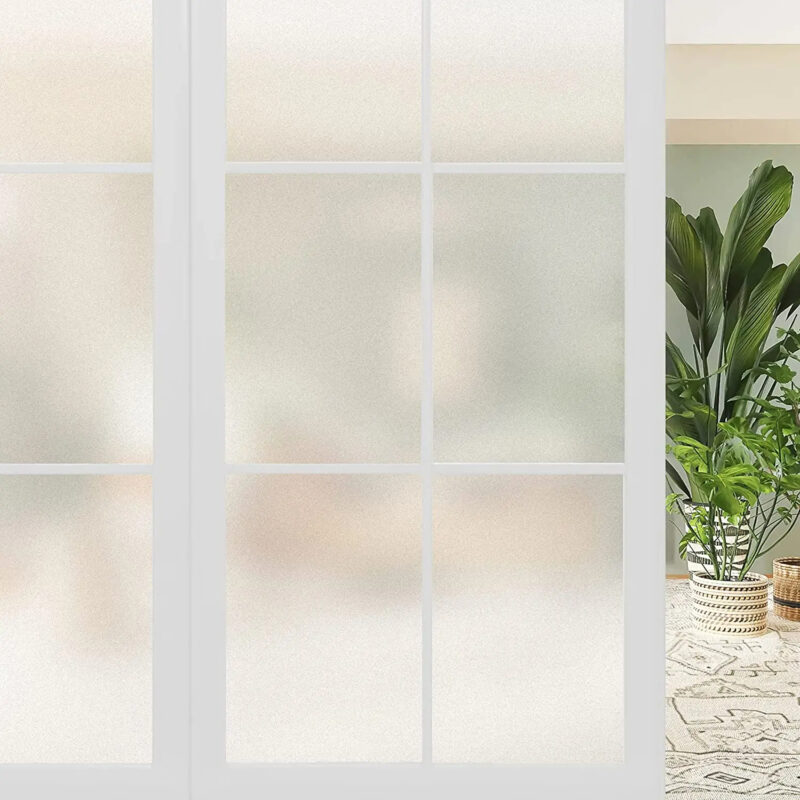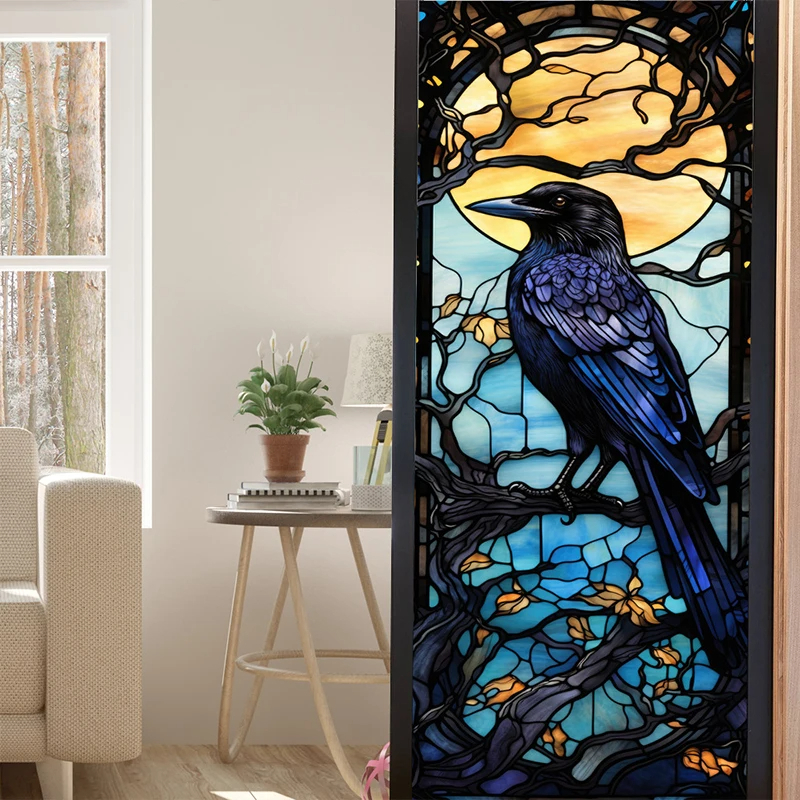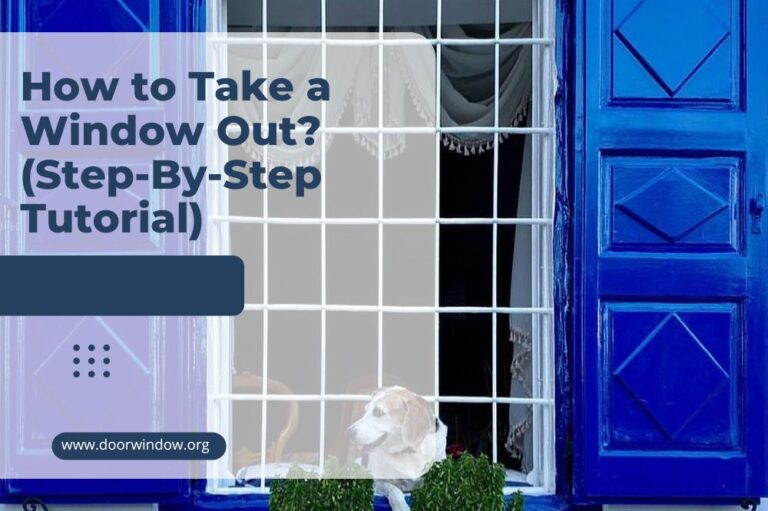28 Different Parts of a Door (Diagrams)
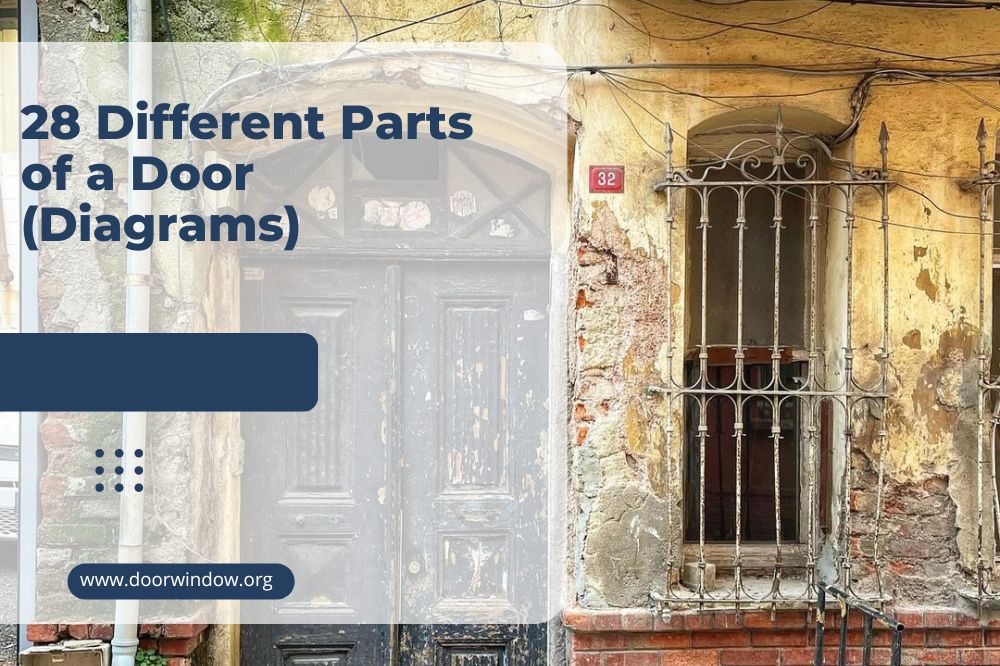
If you need to replace an old door or are or are thinking about buying a new one to give your house a fresh look, you will probably have noticed that there are many technical terms for the different parts. And if you don’t know them, these strange names can make things confusing.
One door part that can sometimes confuse people is the “jamb”, and often it gets mixed up with other parts – so to clarify, here we will answer the question, what is a door jamb? We’ll also look at some other components of a door to help you identify the other parts, too.
Different parts of a door
Here is a list of the main parts of a door – starting with the jambs.
1. Door jamb
Door jambs are the interior sides of the doorframe. The word “jamb” comes from the French word jambe, which means “leg” – and door jambs are sometimes also called the “legs”.
One source of confusion is the part of the frame above the door, which is sometimes erroneously referred to as the “top jamb”. However, this clearly makes no sense since we don’t have “legs” on our head!
A door has two jambs, one on either side – one holding the mounting hinges and the other that contains the strike plate for the latch.
The two parts that comprise the sides of the doorframe are the only parts that can be called the jambs – and nothing else.
2. Head or header
The part at the top of the door that is sometimes mistakenly called the “top jamb” is properly known as the “head” or the “header”.
It does a similar job to the jambs in that it forms a part of the door frame. However, since it is on the top and not the side, it shouldn’t be called a jamb.
3. Doorframe or casing
The doorframe refers to the two jambs and the header together. This is the part of the door that is fixed into the rough opening when mounting a door. Another word that can also be used for the doorframe is “casing”.
4. Rough opening
The rough opening is the gap in the wall that holds the doorframe. The doorframe is fixed into the rough opening by the use of shims, small pieces of wood that are wedged between the sides of the rough opening and the doorframe to hold it in place.
5. Doorstop
The doorstop is a strip of wood that is fitted to the doorframe to stop the door from swinging beyond its closed position. Without a doorstop, when you close the door, it would swing through the frame and damage the hinges.
Sometimes door jambs have raised section built in that serves the same purpose, in which case they don’t need a doorstop. These are known as rebutted jambs.
6. Door trim
The door trim is the decorative sections that are placed over the door frame to hide the part where the jambs and header meet the rough opening. Without trim, you would simply be able to see a gap between the door and the wall where the shims are wedged in.
Sometimes trim can be fixed to the wall with caulking, but this is not always the case, especially on interior doors.
7. Hinge
The hinge is the part the door swings on. A door usually has three or four hinges. One part of the hinge is screwed to the door jamb and the other side is screwed to the door itself.
8. Hinge pin
The hinge pin is a metal pin that is inserted into the hinge to hold the door in place. To remove a door from its hinges, you need to remove the hinge pins. Then you can simply lift it off.
9. Threshold or sill
The threshold, also known as the sill, is the bottom part of the door that is directly below the header. Usually only found on exterior doors, this component helps reinforce the structural integrity of the door as well as preventing water from running in underneath.
10. Stile
The stiles are the side sections of the door itself. The stile on the hinge side is known as the “hinge stile” while the one on the opposite side is called the “lock stile”. The stiles serve as a frame for the door panels.
11. Panels
Panels form the main surfaces of the door, the parts that make up most of the area of the door. Doors come in many shapes and sizes, and some have only one panel while others may have several, depending on the type.
12. Top rail
The top rail does the same job as the stiles but at the top of the door. It forms the upper frame for the panels below it.
13. Bottom rail
The bottom rail is the same as the top rail but is located at the bottom of the door. Along with the top rail and the two stiles, the bottom rail encloses the panels that make up the main surface of the door.
14. Lock rail
Not all doors have a lock rail, but if they have one, it is similar to the top and bottom rails but found in the center of the door. If the door has a lock rail, this is the part of the door that houses the lockset, hence the name.
If you have a lock rail in your door, it will usually have one or more panels both above and below it.
15. Mullions
If the door is divided into four sections, each containing one panel, mullions divide the door vertically down the middle, intersecting the lock rail.
A common configuration is to have a mullion running from the top rail to the top of the lock rail with a panel on either side. A second mullion then runs from the bottom of the lock rail down to the bottom rail, again with panels on either side.
In a door that is divided into four sections like this, the mullion at the top is known as the “first mullion” while the lower one is called the “second mullion”.
16. Doorknob or door handle
The doorknob or door handle is the part that is used to open the door. A doorknob is circular, and you turn it to open the door. If you have a handle, you push it down to open the door.
17. Lockset
This refers to the locking mechanism as a whole.
18. Latch
The latch is the part that holds the door closed. When you turn the doorknob or push the handle down, the mechanism causes the latch to be pulled into the door, allowing the door to open.
19. Strike plate
The strike plate is the piece of metal that is fitted to the lock jamb where the latch is. When the door is closed, the latch hits the strike plate. The prevents the latch from damaging the jamb every time the door is opened or closed.
20. Deadbolt
The deadbolt is part of the locking mechanism in some doors. When you turn the key, the bolt is pushed into a hole known as the mortice, preventing anyone from opening the door.
21. Mortice
This is the technical name for the hole the deadbolt moves into when the door is locked.
22. Keyhole
The keyhole is where you put the key to lock or unlock the door.
23. Weatherstripping
Weatherstripping goes around the door jambs and header to provide an airtight seal. This prevents drafts and increases energy efficiency since heat won’t be lost through the gap.
24. Transom
The transom is a decorative element mounted above a door. It may contain glass, in which case, it would be referred to as a transom window.
25. Sidelight
A sidelight is a narrow window placed either side of a door. They are normally only found with external doors.
26. Rails or tracks
Rails, also known as tracks, are the runners a sliding door moves along.
27. Hangers
Hangers are found at the top of sliding doors. They are what the door is hung on, holding it in place.
28. Rollers
Rollers are attached to hangers on sliding doors and are what allow the sliding door to slide along the rails or tracks at the bottom.
Many technical names for the different elements
As you can see, there are many technical names for the different parts of a door – and if you are not a specialist in doors, you probably weren’t even aware that every part of a door even had a name. This is because the average homeowner simply doesn’t need to know them!
However, if you are on the lookout for a new door or are looking to repair a part of a door that is broken, knowing the technical terms for all the different parts can be useful, and with our guide, now you know. And remember, door jambs are the “legs” on each side!

